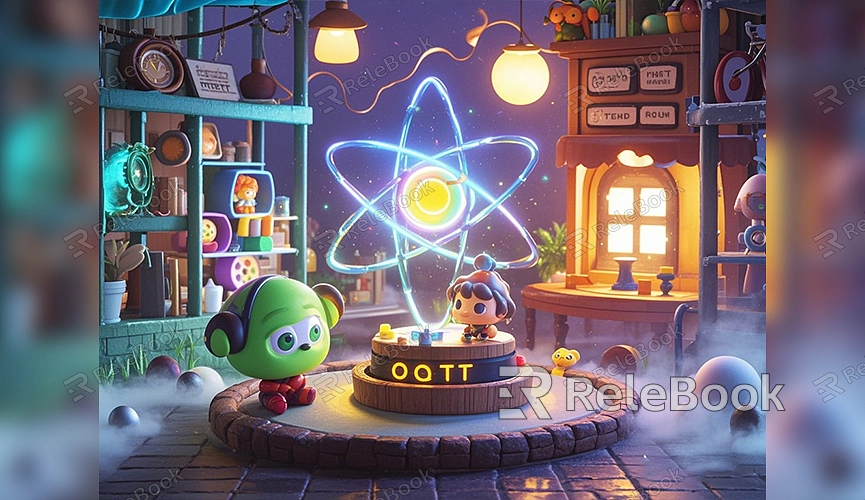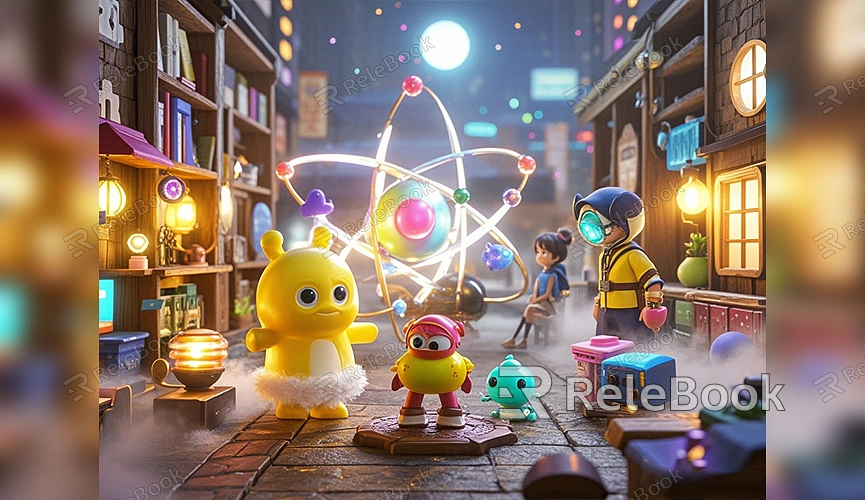How to Save Render Animation Blender
Blender, as a powerful 3D modeling and animation software, offers a wide range of features to meet the needs of both beginners and professionals. After completing your animation, knowing how to correctly save the rendered results is an essential skill for every user. This article will detail how to save render animations in Blender and provide some tips to optimize the rendering process.

Setting Render Parameters
Before rendering your animation, make sure that the render parameters are set correctly. Go to Blender's "Output Properties" panel, where you’ll find various options. Understanding these settings is crucial for achieving high-quality render results.
File Save Location
Under the "Output" section of the "Output Properties" panel, you can choose where to save your rendered files. Click the folder icon to specify a folder for saving each frame of the animation. If you don’t set a save path, Blender will default to saving files in the system's temporary folder, so it's best to manually select a path to avoid losing your files.
Choosing the Right File Format
Blender supports multiple output formats. To save your animation, it's common to use the "FFmpeg Video" format for outputting a video file. In the encoder settings, you can select an appropriate encoding format, such as H.264. For frame-by-frame saving, you can use PNG or JPEG formats to save a high-quality image sequence, which can later be compiled into a video using other software.
How to Start Rendering the Animation
After completing the parameter settings, you can start rendering the animation. In the top menu of Blender, click the "Render" option and select "Render Animation." Blender will then render frame by frame according to the specified frame range and save the results to the designated folder.

During the rendering process, you can monitor the progress in the status bar, which shows the current frame and total frame count. After each frame is rendered, Blender will automatically save it until all frames are completed.
Optimizing the Rendering Process
Animation rendering can require significant time and computational resources, especially with complex scenes and high resolutions. Therefore, understanding how to optimize the rendering process is essential.
Use GPU Acceleration for Rendering
Blender supports GPU rendering, which can greatly reduce rendering time. You can enable GPU rendering by going to "Edit" -> "Preferences" -> "System." If your computer is equipped with a high-performance graphics card, GPU rendering can significantly improve efficiency. The Cycles renderer performs particularly well in GPU mode, while Eevee is better suited for quick previews and simpler scene rendering.
Adjust Sample Values
In the Cycles renderer, the sample value determines the ray tracing precision of the image. While higher sample values produce finer images, they also extend rendering time. Depending on your project needs, you can lower the sample values to strike a balance between quality and speed. Additionally, enabling adaptive sampling can help reduce rendering time.
Resolution Settings
In the "Output Properties" panel, you can also adjust the output resolution. The default setting is 1920x1080 (Full HD), suitable for most situations. If you need a higher resolution (like 4K rendering), you can adjust it here. However, keep in mind that higher resolutions result in longer rendering times. Choose an appropriate resolution based on your needs to enhance efficiency while meeting project requirements.
How to Save After Rendering is Complete
After rendering is complete, the animation file will be automatically saved to the output folder you set. If you chose a video format, Blender will compile all frames into a complete video file. If you selected an image sequence format, each frame will be saved as a separate image file, which you can later compile into an animation using video editing software.
For video files, you can further process and export them using Blender’s built-in Video Sequence Editor. If you need to adjust the frame rate, add audio, or perform simple edits, Blender provides basic editing functions to meet most needs.
Using High-Quality Resources to Enhance Animation Effects
Using high-quality materials and textures significantly enhances the final result in animation production and rendering. For example, high-quality 3D textures can make scenes look more realistic, while HDRI images can improve environmental lighting effects. If you need many high-quality 3D textures and HDRIs while creating models and virtual scenes, you can download them for free from [Relebook](https://textures.relebook.com). For beautiful 3D models, visit [Relebook](https://3dmodels.relebook.com), which offers a wide range of quality 3D resources.
Saving animation renders in Blender isn’t complicated, but mastering the details of each step can make your work more efficient and smooth. From choosing the right file format and adjusting render settings to optimizing the rendering process, each aspect helps ensure you achieve high-quality render results. Effectively utilizing GPU acceleration and optimizing sample settings can also save you a significant amount of time. Additionally, using high-quality 3D resources can further enhance the visual quality of your animations. We hope this article helps you better understand how to save render animations in Blender.

